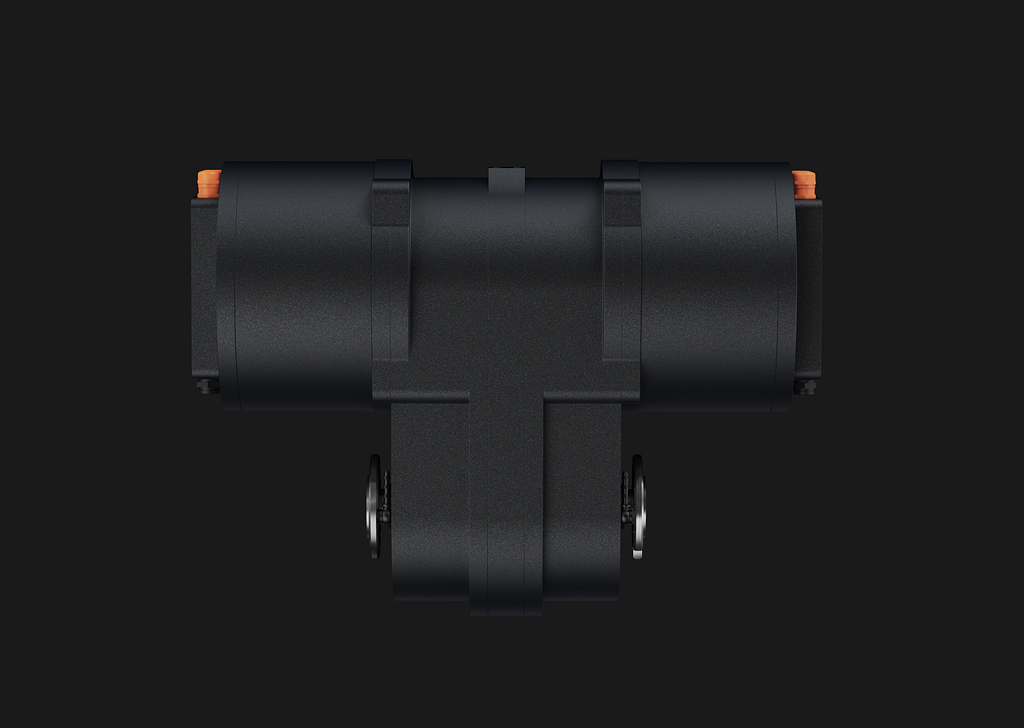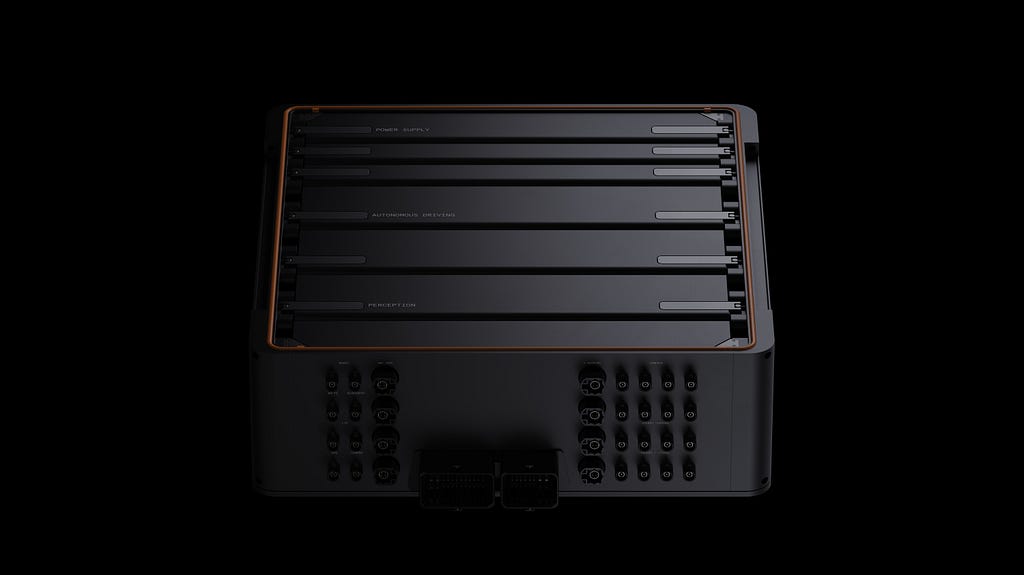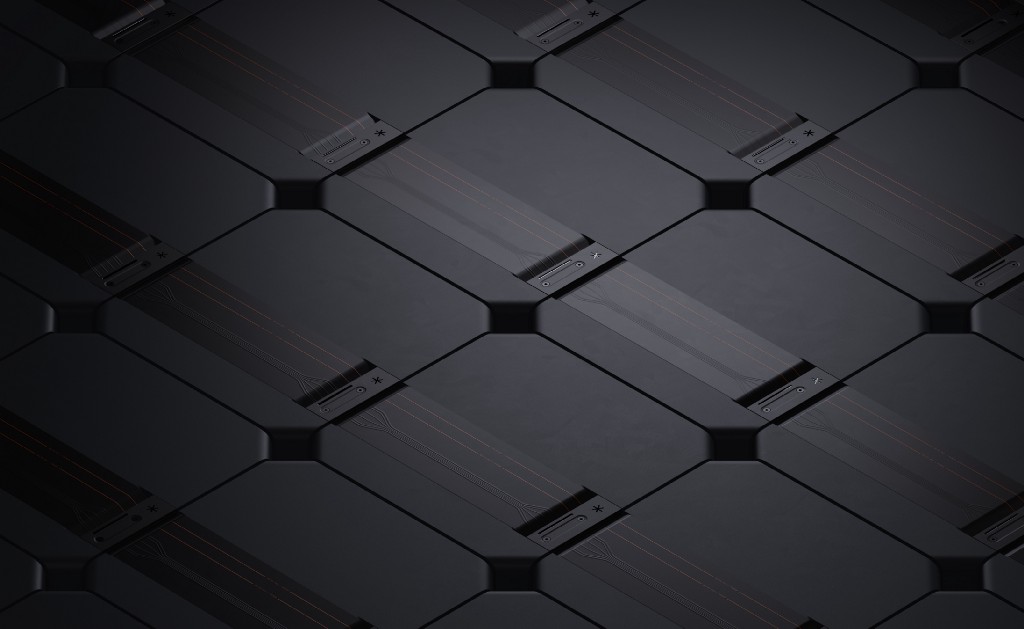by Mike Ableson

Even the casual observer understands the basics of Electric Vehicles (EVs): They’re quieter. They’re more efficient than ICE (internal combustion engine) vehicles. And most critically they’re emission-free which means they can vastly improve the quality of life in congested areas and address issues of climate change worldwide. After all, close to one third (29%) of U.S. greenhouse gas emissions come from the transportation sector.
But we haven’t yet seen widespread adoption of electric vehicles on a global scale. Why not? We should be moving aggressively toward a world of clean technology vehicles. We have the ability. The technology is here. But the only significant inroads have come in those geographies where adoption has been fueled by regulatory requirements.
What’s the roadblock?
Commercial Vehicles Are a Business
The market for EVs is really two markets: retail vehicles and commercial vehicles. And while the shift to electric mobility has begun in earnest with passenger cars, that’s only part of the story. Nearly a quarter of the emissions from the transportation sector (23%) can be attributed to medium and heavy-duty trucks. To have a significant impact on emissions and the auto market, we need to move commercial vehicles to electric, not just retail.
However, until now there’s been a fundamental inhibitor to widespread EV adoption in the commercial sector: cost. As long as the price of commercial electric vehicles is significantly higher than gas or diesel vehicles, we’re unlikely to see a dramatic acceleration in adoption anytime soon.
True we’ve seen incremental cost reductions for the high voltage components that propel electric vehicles — but these reductions aren’t coming fast enough and they’re not significant enough for EVs to gain traction in the commercial sector. And in reality, if we just focus on incremental cost improvements, we might never reach a price point where electric vehicles are competitive with their gas or diesel counterparts.
We know, the large fleet operators want to move their fleets to zero emissions, but buying commercial vehicles remains a business decision. At Arrival we believe that when, and only when, an electric commercial vehicle can be designed at a price point that’s competitive to gas or diesel vehicles, will it become the obvious choice for commercial fleet operators. And once commercial vehicle economics favor electric, competitive pressures will force commercial fleet operators to move to EVs very quickly.
So, how do we get there?
Enter the Microfactory…
All EV manufacturers work on reducing the cost of the high-voltage components that propel the vehicle. And we at Arrival are no different. We’ve designed those as well as nearly all of the control modules in the vehicle with a focus on cost. But even with all these efforts, it wouldn’t be enough to reach cost parity with ICE’s. So we looked for another way. It turned out we can get there, but only by rethinking the entire manufacturing process and designing our components into it from the start.
We began by asking ourselves why, nearly 100 years after its inception, is the assembly line still the de facto method for vehicle manufacturing? With all the technology advancements over the last few decades — cloud computing, robotics, autonomously guided vehicles, machine learning — why is this century-old method still the presumptive choice for vehicle production?
Could there be a radically different approach out there?
Arrival’s answer, in the affirmative, is the Microfactory.

It’s a “cell-based” assembly process that allows us to occupy a much smaller footprint than a traditional vehicle assembly plant, hence the term “Microfactory.” With this approach, we’re able to replace the assembly line with cell-based manufacturing, and eliminate the need for a purpose-built building. We can deploy Microfactories into standard 200,000-square foot warehouses, and start production within 6 months. Using this process, we maintain a high degree of flexibility to build different types of vehicles that are customized for our customers. By eschewing the traditional, large, centrally-located factory in favor of the Microfactory, we can locate close to our customers, reducing the costs and emissions of shipping our finished vehicles. Importantly, Microfactories also then bring economic benefits to the local communities where they’re located.
Deployment in smaller, standard buildings dramatically lowers the capital required to build a Microfactory to tens of millions of dollars from the hundreds of millions or even billions of dollars required for the traditional assembly plant. The lower capital outlay contributes significantly to our ability to lower the price of Arrival commercial vehicles.
…With Components Designed Into the Process
But it can’t be done with traditional components.
Not surprisingly the vast majority of components available from today’s suppliers, aren’t compatible with cell-based manufacturing, as they were designed for the assembly-line,
Thus many of our components, from electric drivetrain elements such as battery modules, motors and gearboxes to the various control units in our vehicle electrical system, are by necessity designed and engineered in-house.

So, as we developed our cell-based manufacturing process, we simultaneously integrated the process requirements into the design of our components.
These Arrival-developed components have a unique grid-based design that enables easy assembly by robots in our Microfactories. This modular approach means the same components can also be used across Arrival’s entire vehicle portfolio, from small vans to buses, to create manufacturing scale.
The components are plug-and-play, featuring software that facilitates the replacement and/or upgrading of any hardware component quickly and easily It’s a great advantage to the commercial vehicle operator, knowing they can continue to update their Arrival vehicles over the 20-year service life of that vehicle.

…and Integrated Into the Whole
The division of Arrival responsible for our in-house components and supply chain is Arrival Elements, and I’d like to introduce and welcome Tracey Yi as our new CEO for that division. Tracey brings experience in global sourcing and procurement from her work at Apple, Nokia and Intel, expertise we know will be essential as we set our sights on scaling production of the Arrival van.

We will start production in the U.S. with partners like UPS beginning next year (2021). Together, we will deliver on our shared vision for electric commercial vehicles. It’s our mission. It’s a new era.
After almost a century, it’s time for a new approach.
I’m looking forward to the ride.
— — — — —
Mike Ableson is CEO of Arrival Automotive. For more information on Arrival visit http://arriv.al/Medium.
Fostering a Faster Transition to Commercial EVs was originally published in Arrival on Medium, where people are continuing the conversation by highlighting and responding to this story.
